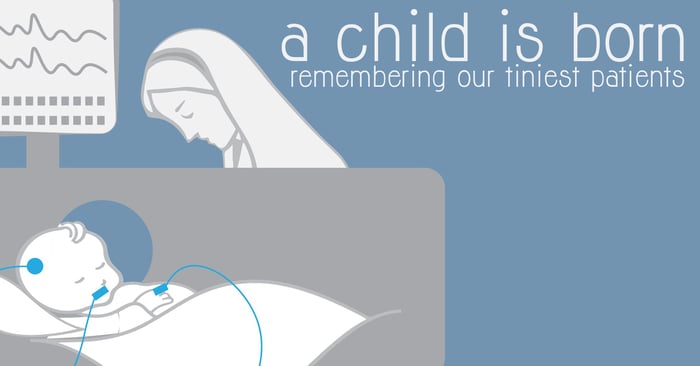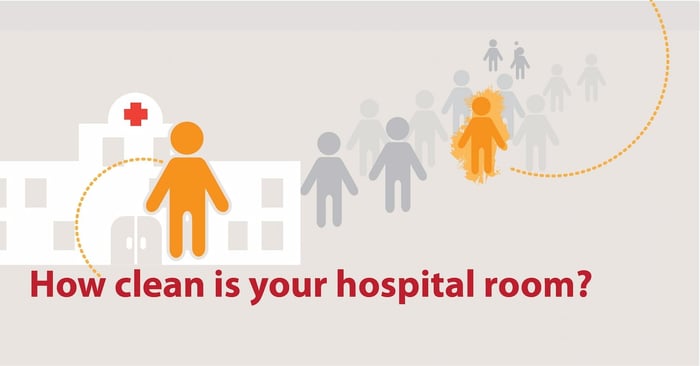4 min read.
Special Populations Series: Cancer
With World Cancer Day this Saturday, we dedicate this post to those patients facing a cancer diagnosis. As with any serious disease, the many types...
![EOScu Logo - Dark - Outlined [07182023]-01](https://blog.eoscu.com/hubfs/Eoscu_June2024/Images/EOScu%20Logo%20-%20Dark%20-%20Outlined%20%5B07182023%5D-01.svg)












